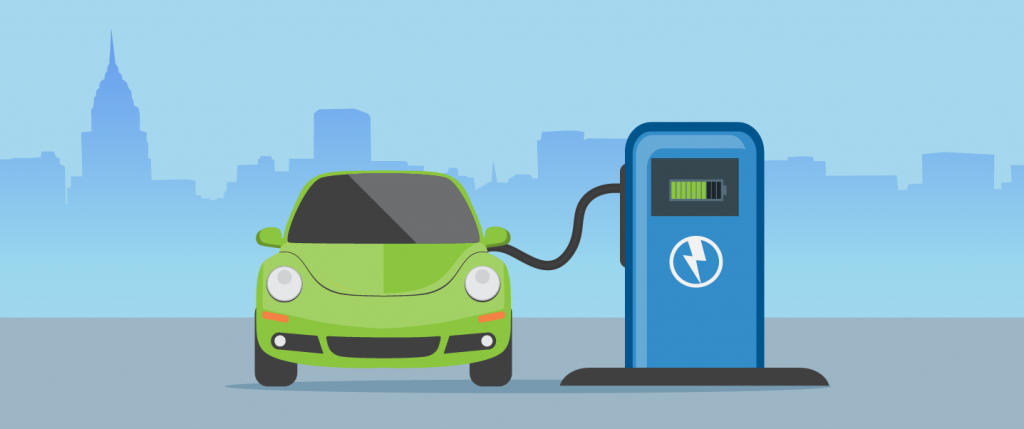Insights
World environment day: Need, policies and challenges for clean mobility in India
June 5, 2022In 2020, India surpassed the Mecca of the auto industry, Germany, to become the fifth-largest automobile market globally. While India has been adding millions of vehicles to its roads every year, not all vehicles which could be termed ‘end-of-life’ are going off the roads necessarily.
The Government is taking proactive steps to promote clean mobility and increase the number of electric vehicles (EVs) as compared to the internal combustion vehicles (ICVs) on Indian roads. The intent has to be supported with suitable schemes, some of which have already been initiated by the Government.
But, with a growing economy and availability of cheaper vehicles, the second-most populous country in the world needs to demonstrate that it is sure-footed towards clean mobility. This approach is even more crucial for meeting its net-zero target and other climate change commitments.

India is home to some of the most polluted cities in the world! While vehicular pollution may not be the only reason for the poor air quality in most Indian cities, it is definitely a major contributing factor. Be it the courts, the government or the non-governmental organisations, they are all aware of the critical situation, and all stakeholders are working to improve it.
Read More+
Policy framework for clean mobility
The Government rushed to implement BS-VI emission norms after the exiting BS-IV to expedite the shift towards cleaner mobility. It also implemented the production linked incentive (PLI) schemes for the automotive sector, including one for the National Programme on Advanced Chemistry Cell (ACC) Battery Storage.
India also introduced FAME-II (Faster Adoption and Manufacturing of Hybrid and Electric Vehicles) in 2019 for three years, which was further extended for two years till 2024 to promote the sale of EVs in India. The Government has also introduced the National Green Hydrogen Policy and the Biofuel Policy to promote clean mobility. It has also created the e-AMRIT portal to provide all information related to EVs in India.
The Government is now working towards creating an effective mechanism for scrapping end-of-life vehicles. It has recently circulated draft notifications meant to introduce ‘no-dues certificate’, set up automated testing stations and lay down the procedure for scrapping end-of-life vehicles. This will help remove the polluting vehicles from Indian roads, thus paving the way for cleaner EVs.
However, a major challenge for electric mobility is the creation of the charging infrastructure. Earlier this year, the Ministry of Power introduced the guidelines and standards for charging infrastructure for EVs. The other major challenge remains in categorising EVs compared to ICVs, especially when it comes to the environmental consent and clearances required for their manufacturing.
The battery concern
One particular challenge remains the disposal of batteries and other wastes generated from EVs towards the end of their lifespans. The E-Waste (Management) Rules, 2016 and Batteries (Management and Handling) Rules, 2001, deal with such wastes to a limited extent. The batteries waste rules define ‘batteries’ as lead-acid batteries, thus excluding other types of batteries like nickel-cadmium, nickel-metal hydride, lithium-ion batteries, etc., from its scope.
The need for the inclusion of other types of batteries in these rules has also been acknowledged by the Central Pollution Control Board (CPCB) in its review report on the implementation of these rules, released in 2016.
The Government of India had announced its plan to frame a policy for the recycling of lithium-ion batteries. This was followed by the release of Draft Battery Waste Management Rules, 2020. These rules proposed to manage various types of used batteries and provided a detailed mechanism for collecting such used batteries. However, this draft is yet to be finalised.
As per estimates, the recycling market for these batteries in India is expected to increase from 2.9 GWh in 2018 to about 800 GWh by 2030, which presents a USD 1,000 million business opportunity by 2030 to not only save the resources but also to create a circular economy.
This article was originally published in Business Insider on 5 June 2022 Written by: Nawneet Vibhaw, Partner. Click here for original article
Read Less-
Disclaimer
This is intended for general information purposes only. The views and opinions expressed in this article are those of the author/authors and does not necessarily reflect the views of the firm.

